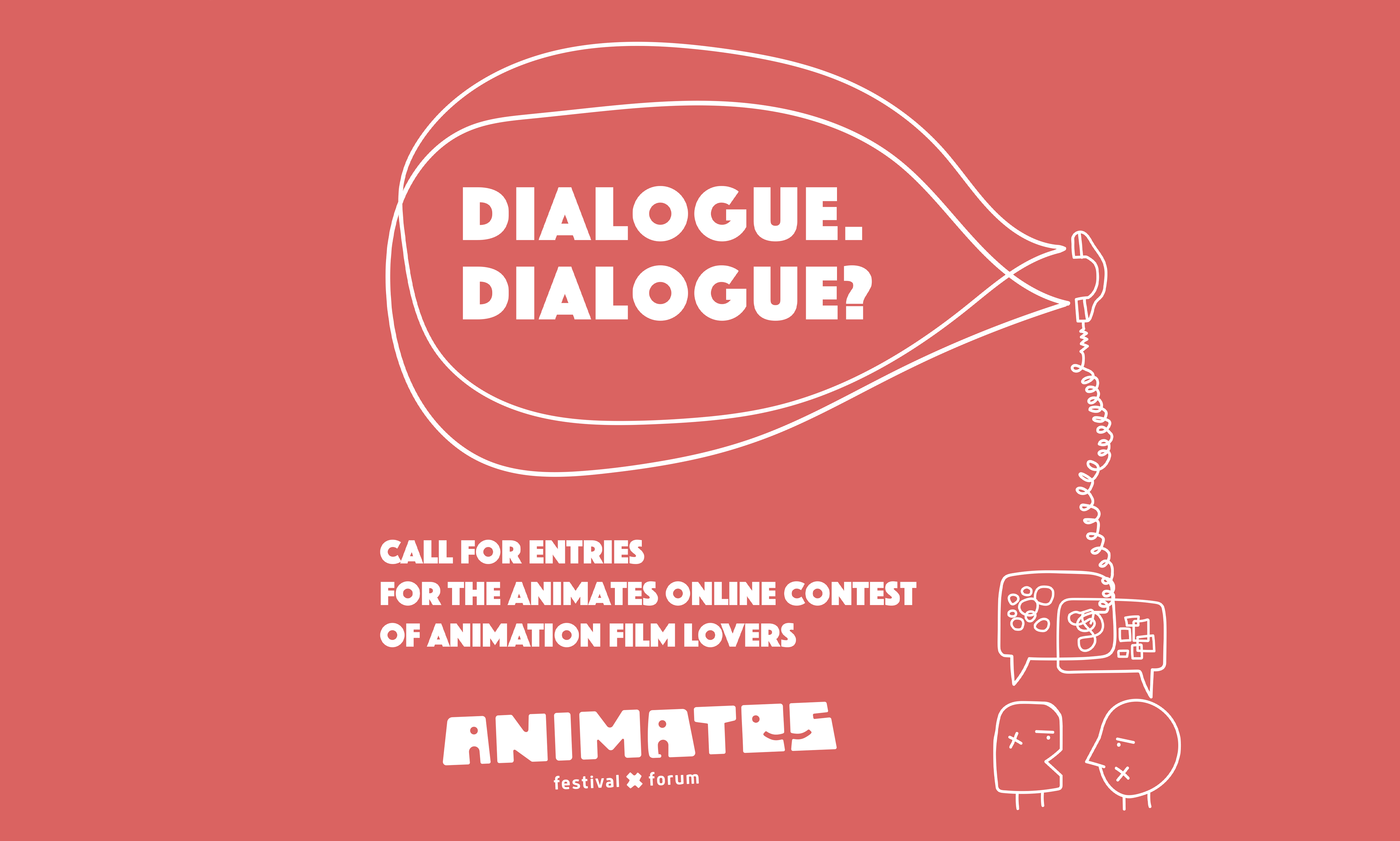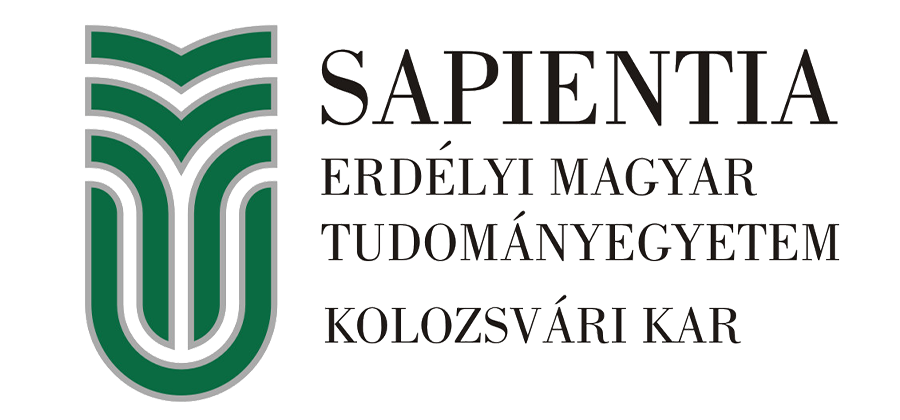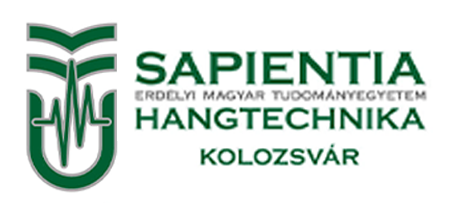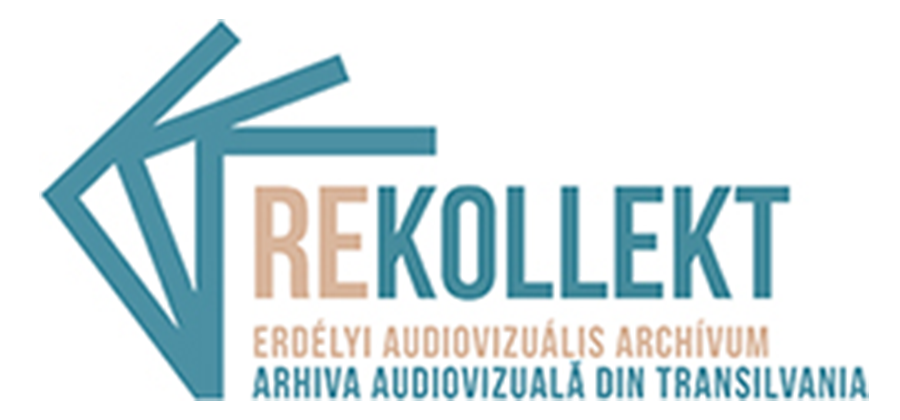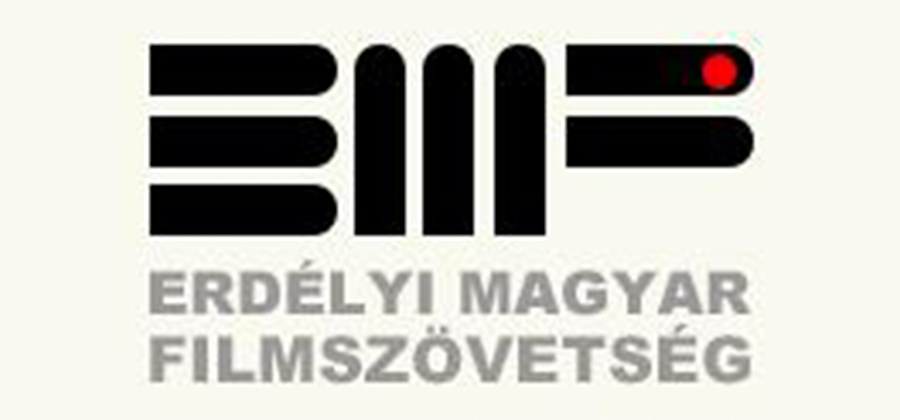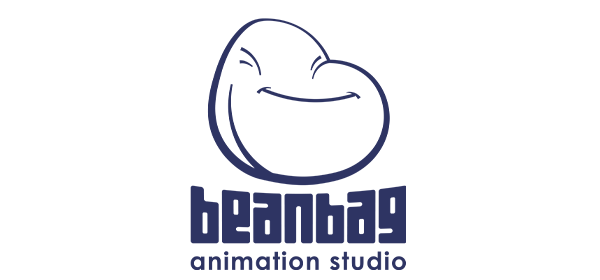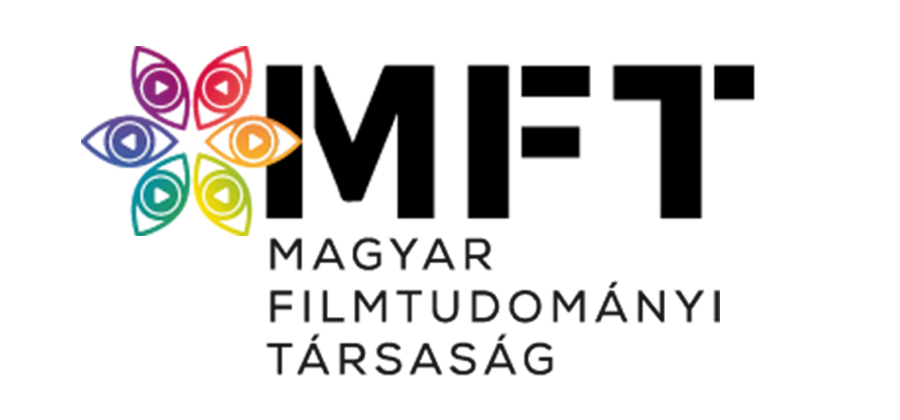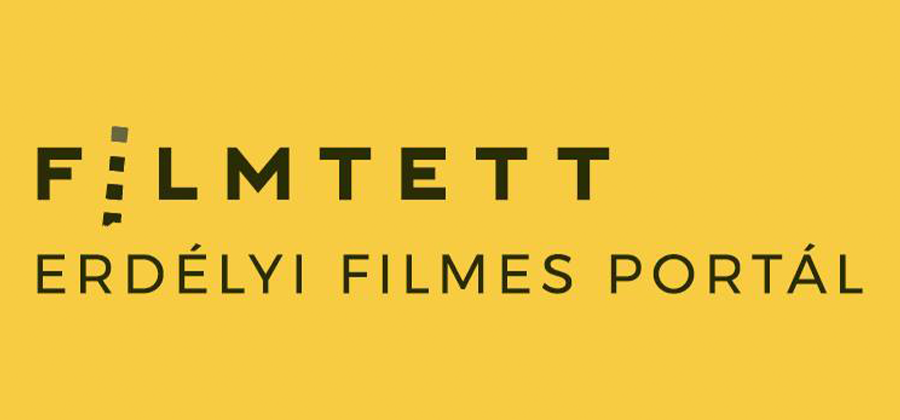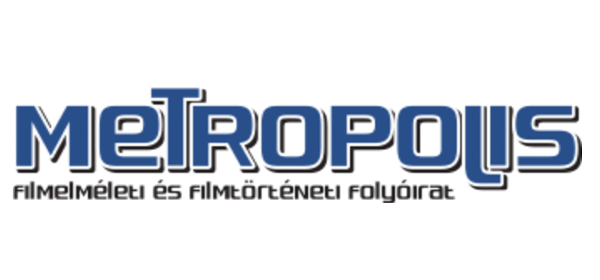| Kutatás / Konferenciák / | előző | következő |
XV. Film- és Médiatudományi Konferencia Erdélyben
FIGURATIONS OF INTERMEDIALITY IN FILM
2014. október 24-25. Helyszín: Sapientia EMTE, Kolozsvár, Tordai út (Calea Turzii) 4.
Az angol nyelvű konferenciát a CNCS-UEFISCDI által támogatott kutatási program keretében szervezzük.Jelentkezési határidő: 2014. július 30.
PHOTOS (taken by: Barabás Tímea, Bodor Tímea, Búzási Gyopár, Ilyés Zalán, Jenei Róbert, Kondrát Kristóf, Lakatos Mihály, Máthé Renáta, Nagy Loránd, and Pethő Ágnes)
BOOKLET WITH CONFERENCE PROGRAMME AND ABSTRACTS OF PRESENTATIONS
See the opening of the conference and a selection of presentations here:
Keynote speakers:
- BRIGITTE PEUCKER (Yale University, USA), author of Incorporating Images: Film and the Rival Arts (1995), The Material Image: Art and the Real in Film (2007), currently working on a book titled Aesthetic Spaces: The Place of Art in Film.
- EIVIND RØSSAAK (National Library of Norway), author of The Still/Moving Image: Cinema and the Arts (2010), and editor of the volume Between Stillness and Motion, Film, Photography, Algorithms (2011).
See Eivind Røssaak's keynote speech here:
Call for Papers
Intermediality has emerged as one of the major theoretical issues of contemporary thinking about film bringing a fresh view upon the ways in which the moving pictures can incorporate forms of all other media, and can initiate "dialogues" between the distinct arts. The most important works on cinematic intermediality so far have targeted the notion of intermediality both as a general concept and as a specific rhetoric in the works of individual artists (like Peter Greenaway or Jean-Luc Godard). Surveying the current cinematic "landscape" we may encounter some astonishing films that seem to have been designed on the principle of dismissing a conventional, "self-effacing style" (to use Bordwell's term for classical cinema) in favour of forging an explicitly intermedial visual rhetoric. From the experimental, avant-garde canon to some current examples of mainstream, "hypermediated" digital cinema, from painterly movies bordering on installation art (like Lech Majewski's The Mill and the Cross or The Roe's Room), to so-called "slow cinema" projects, such films challenge us in finding the adequate theoretical framework for analysis.
By organizing this conference we would like to initiate a wider discussion among scholars whose researches may be connected to the idea of inter-media relations in moving images and are engaged in deeper explorations into the poetics of intermediality in film. In doing so we wish to bring into the spotlight one of the key aspects of intermediality: the fact that intermediality as such always manifests itself as a kind of "figuration" in film through which medial differences are visibly and self-reflexively "re-inscribed" within the moving image, and that in general, philosophical terms, intermediality can even be conceived as belonging to the domain of the "figural" in the sense used by Lyotard, and elaborated by D. N. Rodowick in his book Reading the Figural (in which he claims the "figural" to be also a kind of interface for media relations in film).
In the past few decades there have been several important theoretical works that have dealt with the ways in which moving images operate within a network of interrelated media and with instances in which the boundaries between individual media and arts have been effectively blurred through techniques that enable the features of one medium to resurface within another, and which may offer theoretical vantage points for analyzing possible figurations of intermediality. We may list here studies re-evaluating cinema's connections to traditional forms of visual arts (e.g. Angela Dalle Vacche's, Susan Felleman's, Belén Vidal's, Steven Jacobs's works on cinema and painting, or theoretical analyses of the figuration of the tableau vivant in cinema in seminal books by Brigitte Peucker, Pascal Bonitzer, Joachim Paech, etc.), but also the recent studies referring to the relationship of cinema and photography (e.g. Damian Sutton, Garrett Stewart, Régis Durand, David Campany, etc.), and implicitly to the relationship of stillness and motion within cinema, along with analyses of the connections between cinema, video and installation art (e.g. Raymond Bellour, Yvonne Spielmann, etc.).
In the context of shifting paradigms in film poetics from stylistic patterns of modern or postmodern cinema towards what we may term as "post-media cinema," the figural aspects of intermediality also manifest new forms that may require a search for further theoretical perspectives for identifying and interpreting techniques that figurate intermedial relations. In doing so, perhaps, we should also keep in mind that although intermediality often occurs as a form of aesthetic detachment or as some sort of hypermedia ornamentalism, such figurations can also insist on "tangibility," or, as Brigitte Peucker reminds us in her book, The Material Image. Art and the Real in Film (2007), on "the merger of representation with reality," both through establishing the viewers' intimacy with the medium and through the performative potential of such figures to produce an increasingly haptic cinema, a cinema of "sensual excess" in which the "body" of the medium and the mediation of bodies and sensations sometimes become intertwined in ways that may suggest a rethinking of the figurations of intermediality from the perspective of phenomenology or visual anthropology, and so on. As such, intermedial figurations may be conceived as open to a wide range of philosophical, aesthetical, ideological, historical, and media theoretical interpretations that we hope papers presented at this conference will explore.
Proposals are invited to address (but are not limited to) the following questions either from a theoretical point of view or through concrete analyses:
- Intermediality and the figurations of intermediality in film from a theoretical perspective:
a) theories of intermediality and intermedial figurations (film and media theoretical, philosophical approaches, psychoanalysis, visual anthropology etc.);
b) intermediality and the concept of "the figural" and "figuration" as discussed by Lyotard, Deleuze, Rodowick, etc. - The rhetoric of intermedial cinema, art theoretical and aesthetical considerations: figuration and (dis)figuration, mise-en-abyme and embedding, intermediality and metalepsis, the tableau vivant in cinema, possible trans-medial "adaptations" of traditional rhetorical figures/tropes (e.g. ekphrasis, hypotyposis, etc.),
- Intermediality and inter-sensuality in film: figures that merge "hypermediacy" with "immediacy," the represented and sensed body as a site of intermedial figurations, etc.
- Remediated images as figurations of intermediality and post-mediality: recontextualization as/and remediation, reframing, media collage, remix, etc.
- Figurations of intermediality as imprints of (and meditations upon) history and time, cultural and personal identity or intercultural exchange:
a) relating the rhetoric of intermediality to the specific personal, cultural, historical, ideological contexts, ideas and artistic paradigms in which they occur;
b) the poetics and politics of intermediality in the cinema of Eastern and Central Europe.
We invite both proposals for individual papers and pre-constituted panels. Panels may consist of 3 or 4 speakers.
Deadline for the submission of proposals extended to: July 30, 2014.
Submission of proposals: please fill in this SUBMISSION FORM, and send it as an attachment to the following e-mail address: 2014.intermedia.figurations@gmail.com.
The official language of the conference is English.
The time for presentations is limited to maximum 20 minutes, followed by a 10 minute debate.
Conference fee (which includes participation, conference buffet and banquet): 120 EUR, special fee for participants from post-communist countries: 70 EUR. The fee is to be paid on arrival at the conference registration desk.
The best papers written based on the conference presentations will be published either in English in our department's international, peer reviewed scientific journal (Acta Universitatis Sapientiae. Film & Media Studies) or in a conference volume.
We address this call for papers not only to university scholars, researchers but also to students of PhD programs, or even to M.A. students who wish to engage in a debate on the given topic.
The conference proposes to facilitate academic communication between existing centers of research specializing in film and media studies within different universities, and at the same time, it encourages students on different academic levels to be initiated into scientific research.
Recommended possibilities of accommodation:
To help you make your own booking, here is a list of hotels and hostels located in the vicinity of the conference venue, at a maximum distance of 15 minutes' walk. You can make your reservation either by phone or via e-mail (usually the hotel/hostel staff speaks English). Please note that the Conference itself makes no bookings. However, if all your attempts to reserve a room prove unsuccessful, do contact the organizing committee.
Fullton Hotel ***
www.fullton.ro/
Tel./fax: +40 264 597 898; tel.: +40 264 597 766
e-mail: office@fullton.ro
Hanul Fullton (Fullton Inn Hotel) ***
http://www.hanulfullton.ro/
Tel: +40-264-484748, +40-364-144756
Fax: +40-264-484748
e-mail: office@hanulfullton.ro
Hotel Transilvania ***
http://www.hoteltransilvaniacluj.ro/en/
Tel.: +40 264 594 429
e-mail: reception@hoteltransilvaniacluj.ro
Melody Hotel ***
http://www.centralmelody.com/
Tel.: +40 268 510 800; +40 730 031 415
City Plaza Hotel ****
www.cityhotels.ro/
Tel.: +40 264 450 101; fax: +40 264 450 152
e-mail: contact@cityhotels.ro
Transylvania Hostel
www.transylvaniahostel.com
Tel.: +40 264 443 266; mobile: +40 371 172 075
e-mail: office@transylvaniahostel.com
Hostel Heltai
http://www.cazareclujnapoca.ro/en/Hostel/Hostel-Heltai-75.html
Tel./fax: +40 264 590 096
e-mail: heltai_gaspar@yahoo.com
Travel information
Cluj Napoca Airport: www.airportcluj.ro/
Low-cost flights to Cluj: http://book.wizzair.com/
Clickable, searchable map of Cluj: www.cluj4all.com/navigatorCluj Napoca Airport is located at 8 km from the city, so it is easy and fairly cheap to get to the center by taxi or bus.







